massive asnaro lumber
We are now working on a large asnaro tub with a 260mm wide border!
Commonly, large top frame borders like in your case are done laminaing 2
planks, anyway we had a beautiful piece of asnaro in the warehouse, so the frame will be done in one piece!
It was probably ment to be a cut for a beam or daikoku-bashira (main column) but at present there are not many chances to use expensive wood even for temples or shrines…
The lumber was 360×360 straight cut! This means that the 1/3 central segment of the tree was almost half meter square at the base. The tree had probably a diameter of 1200 to 1500mm !!
We could get our kamachi in one piece and also most of the planks for the sides from the same piece. This means the tub is going to be all straight cut!
PS:
Please do not ask us to provide such lumber for your project. This stroke of luck does not happen more than once a year…

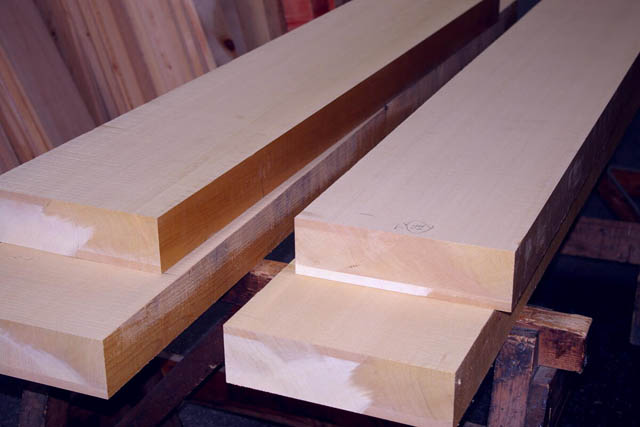

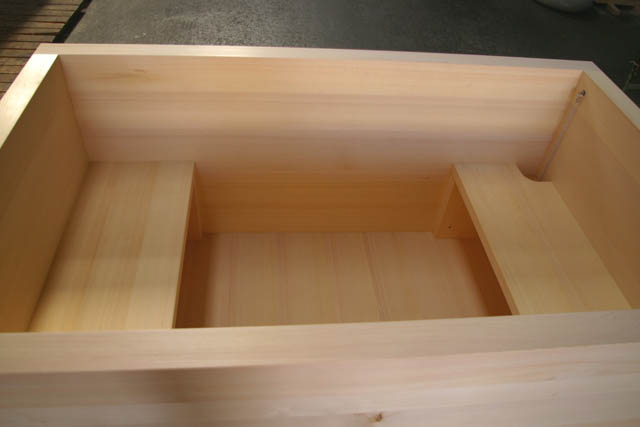
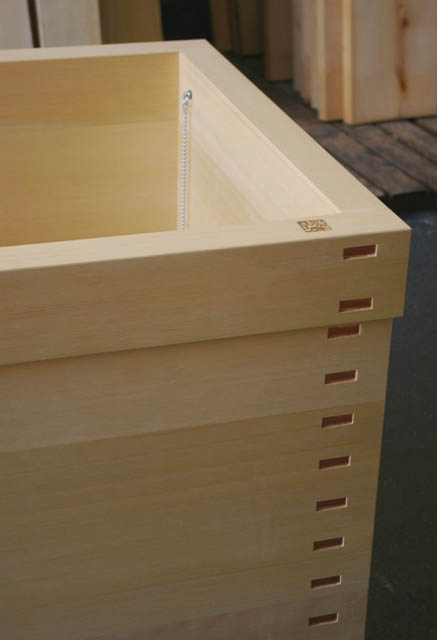

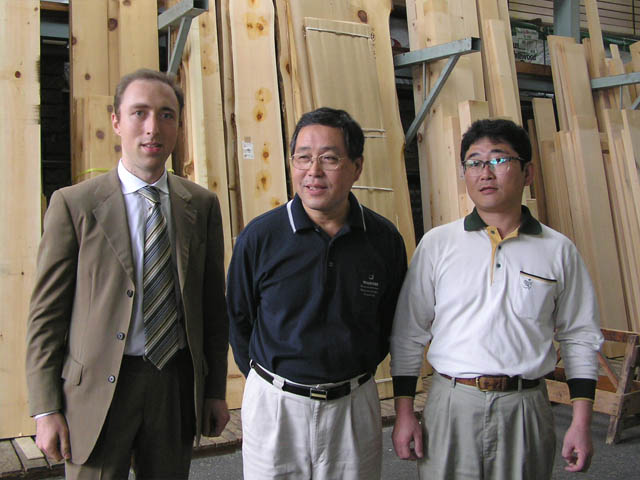


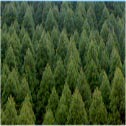 Why are the japanese so proud of their baths and hot springs? A HINOKI bathtub is ideal for a provides a full sensory experience: beautiful white cedar with a rich grain, smooth texture, soothing lemony fragrance, and the warm comfort of soaking away all the tension and stress of the day.
Why are the japanese so proud of their baths and hot springs? A HINOKI bathtub is ideal for a provides a full sensory experience: beautiful white cedar with a rich grain, smooth texture, soothing lemony fragrance, and the warm comfort of soaking away all the tension and stress of the day.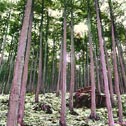 When we talk about Japanese dwellings and lifestyle, its association with the culture of wood is almost automatic. Still today most of private homes are built with a wood post-beam structure. Wood is used to manufacture cooking utensils, shoes, children`s toys. And of course, bathstubs. The remarkably straight SUGI might be best choice for buildings, as the SAKURA (cherry) is for producing objects or the MATSU (pine) is for panels and doors. But wood bathtubs are only made in HINOKI, the wood of the 1300 years old Horyuji Temple in Nara, the wood chosen by the emperors…
When we talk about Japanese dwellings and lifestyle, its association with the culture of wood is almost automatic. Still today most of private homes are built with a wood post-beam structure. Wood is used to manufacture cooking utensils, shoes, children`s toys. And of course, bathstubs. The remarkably straight SUGI might be best choice for buildings, as the SAKURA (cherry) is for producing objects or the MATSU (pine) is for panels and doors. But wood bathtubs are only made in HINOKI, the wood of the 1300 years old Horyuji Temple in Nara, the wood chosen by the emperors… As hinoki trees suffer polluted environments, they grow mainly in "virgin" areas, where the air and water are pure. Aomori and Ishikawa in the north, Gifu prefecture, the Kiso Valley in the Chubu district and the Kochi prefecture in Shikoku are the regions with largest hinoki forests. This "purity" reflects in the wood’s appearance : light-colored, has a rich but compact straight grain. A natural clear resin permeates homogeneously the pores thus creating a natural protection against insects and rot. When cut or scrubbed, hinoki wood emanates a pleasing lemon scent for which it is famous.
As hinoki trees suffer polluted environments, they grow mainly in "virgin" areas, where the air and water are pure. Aomori and Ishikawa in the north, Gifu prefecture, the Kiso Valley in the Chubu district and the Kochi prefecture in Shikoku are the regions with largest hinoki forests. This "purity" reflects in the wood’s appearance : light-colored, has a rich but compact straight grain. A natural clear resin permeates homogeneously the pores thus creating a natural protection against insects and rot. When cut or scrubbed, hinoki wood emanates a pleasing lemon scent for which it is famous.

